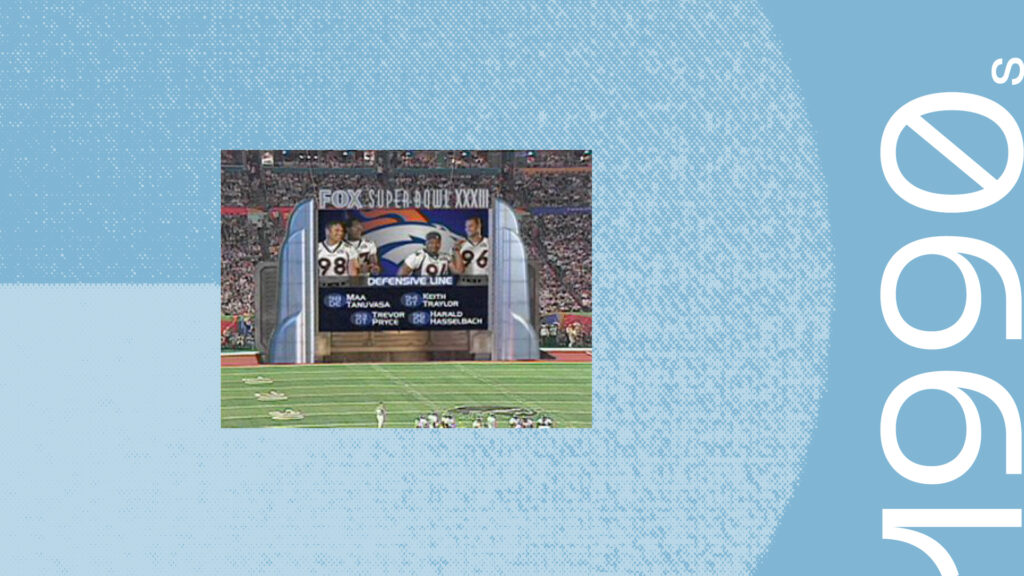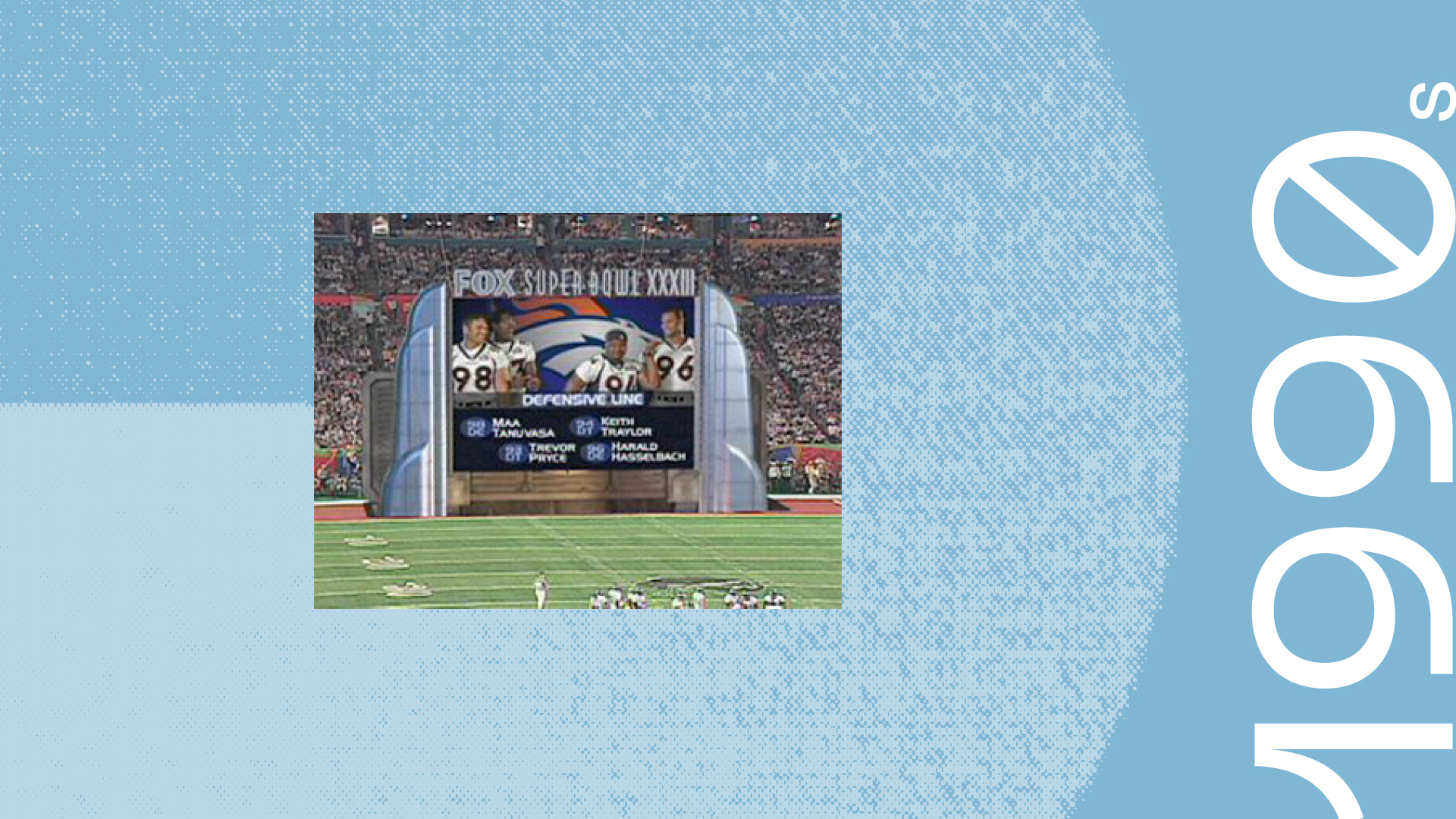
TV viewers of sporting and news events are familiar with digitally inserted on-screen advertising—for example, ads that appear behind home plate during baseball games. The capability is built on vision-based, match-moving technology that inserts images and video into broadcast signals with the correct scale, orientation, and motion relative to the photographed objects in the scene.
The technology was introduced in the 1990s by Princeton Electronic Billboard, a Sarnoff Corporation spin-off company founded by Brown Williams and Roy Rosser. (Princeton Electronic Billboard later became PVI Virtual Media Services; Sarnoff Corporation is now part of SRI.) Sarnoff licensed intellectual property to PVI that it had developed over years of U.S. government-sponsored R&D in vision-based pattern recognition and tracking technology.
PVI developed the technology to meet TV broadcasters’ requirements and dubbed it L-VIS (Live Video Insertion System).
The company was acquired as a wholly owned subsidiary of Cablevision Systems Corporation before being acquired by ESPN in 2010.
Early Days
The first test on live TV was made during the Baltimore Orioles home opener on April 1, 1994. In July 1995, the L-VIS system was first used to place virtual ads behind home plate on a cable broadcast of a Trenton Thunders game. In April 1996, the San Francisco Giants became the first Major League Baseball team to regularly use the L-VIS system for virtual insertions for their home games at Candlestick Park.
Yellow first-down line
PVI has also used its technology to digitally insert yellow first-down lines during broadcasts of American football games, helping viewers follow the action on the field more closely by marking the location of the play.
Read our 75th anniversary blog feature
75 Years of Innovation: Virtual Advertising Insertion (Augmented Reality)



